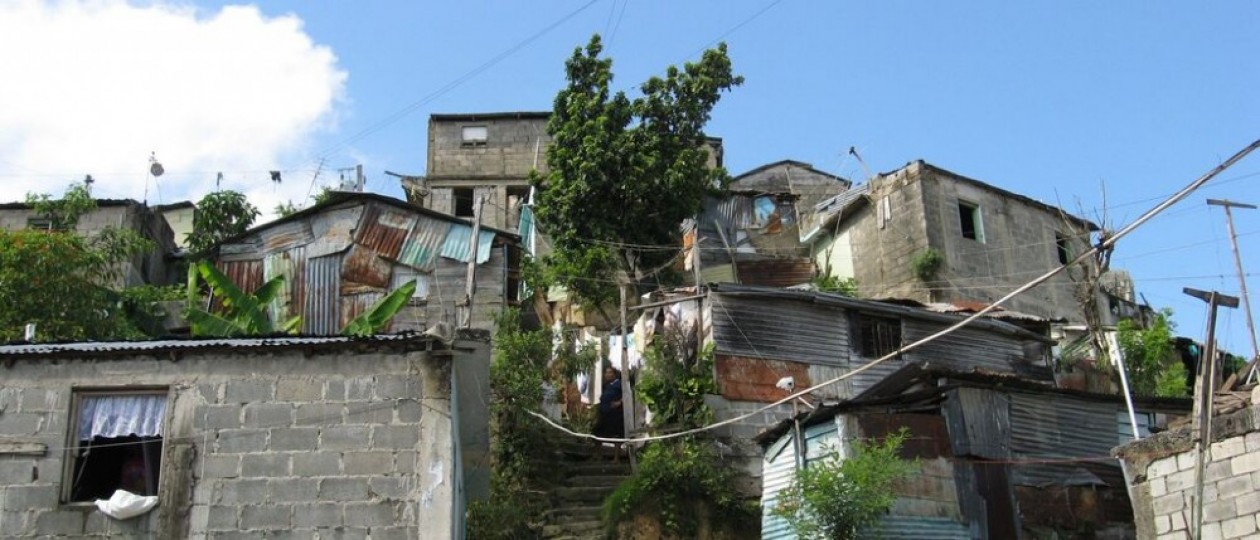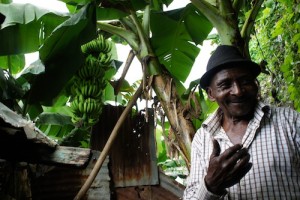In 2014, students worked with a community women’s group and residents to further develop the community-based composting program and to establish potential linkages between the composting project and household-level green infrastructure opportunities. Explore the full report from the 2014 practicum course by following the link below.
As the vermiculture pilot project matured in the spring of 2012, students and project partners noted a curious development that had not been anticipated: women started growing flowers in the vermiculture sites, using the compost they produced from household organic waste. The flowers in the vermiculture site suggested the potential of conceiving of the composting operation in terms of a life-cycle approach to organic waste management. More broadly, students had already noted the profusion of household plants and the surprising density of tress in Los Platanitos. Spontaneous plant cultivation in the vermiculture sites seemed a natural extension of this plant culture.
The participatory research project for 2014 was designed to take stock of plant cultivation practices and broader plant culture in Los Platanitos. The goal of the research was to understand the adaptive capacities surrounding household plant production and to understand the significance of this plant culture in terms of community resilience. Students also worked closely with residents to conduct an outcome assessment of the vermiculture pilot project and to explore the possibility of reconceptualizing the vermiculture project as a source of integrated community-based development.



